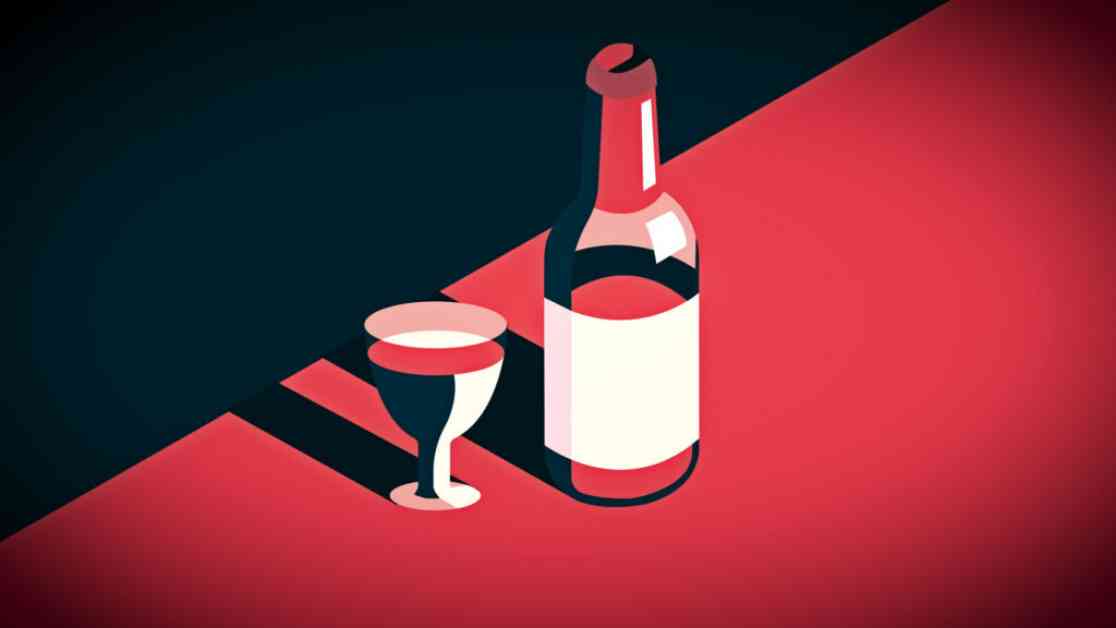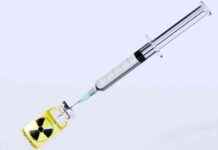America’s Drinking Problem: A Call to Action
Alcohol consumption is deeply ingrained in American culture, with far-reaching impacts on individuals, families, and communities. From the emergency room to the streets, alcohol’s presence is undeniable, shaping health outcomes and social dynamics in profound ways. As the Covid-19 pandemic exacerbates alcohol-related harms, the Surgeon General’s recent call for warning labels on alcoholic beverages has reignited a crucial conversation about the dangers of excessive drinking.
Understanding the Cultural Context
Despite mounting evidence of alcohol’s risks, why does society continue to normalize and even glorify its consumption? The answer lies in deeply entrenched cultural attitudes that downplay alcohol’s dangers and resist meaningful policy change. Unlike illicit drugs, alcohol enjoys a privileged status as a social lubricant, a symbol of celebration, and an essential part of everyday life. This normalization perpetuates a cycle of harm that often goes unnoticed until it’s too late.
As we confront alcohol’s pervasive influence, we must acknowledge the lessons of history. Prohibition, a well-intentioned effort to curb excessive drinking in the 1920s, backfired spectacularly, fueling organized crime and driving alcohol consumption underground. Today, the echoes of Prohibition are felt in our fragmented alcohol policy landscape, where federal, state, and local regulations struggle to address the nation’s ambivalence toward alcohol.
Lessons from Tobacco Control
In contrast to the challenges of alcohol regulation, the success of tobacco control offers a roadmap for change. By reframing smoking as a deadly habit and implementing evidence-based policies, public health advocates achieved a significant reduction in smoking rates. This success demonstrates that cultural attitudes can shift, paving the way for effective policy interventions and behavior change.
The Path Forward
To address America’s drinking problem, we must adopt a multi-faceted approach that combines cultural transformation with bold policy measures. Raising taxes on alcohol, limiting availability, restricting marketing, enforcing a minimum legal drinking age, and investing in prevention and treatment programs are essential steps to reducing alcohol-related harm. By aligning scientific evidence with public values and countering industry misinformation, we can build momentum for meaningful reform.
As individuals, we have the power to rethink our relationship with alcohol, as evidenced by the growing popularity of initiatives like Dry January. By connecting personal behavior changes to broader public health goals, we can create a ripple effect of positive change that benefits everyone. It’s time to move beyond questioning our relationship with alcohol and take decisive action to transform it for the better.
America’s drinking problem is a complex issue with far-reaching consequences. By working together to confront cultural norms, challenge industry tactics, and prioritize public health, we can pave the way for a healthier, safer future. So let’s raise our glasses to a new era of responsible drinking — one that prioritizes well-being over indulgence and safety over harm. Cheers to a sober, healthier America.

















